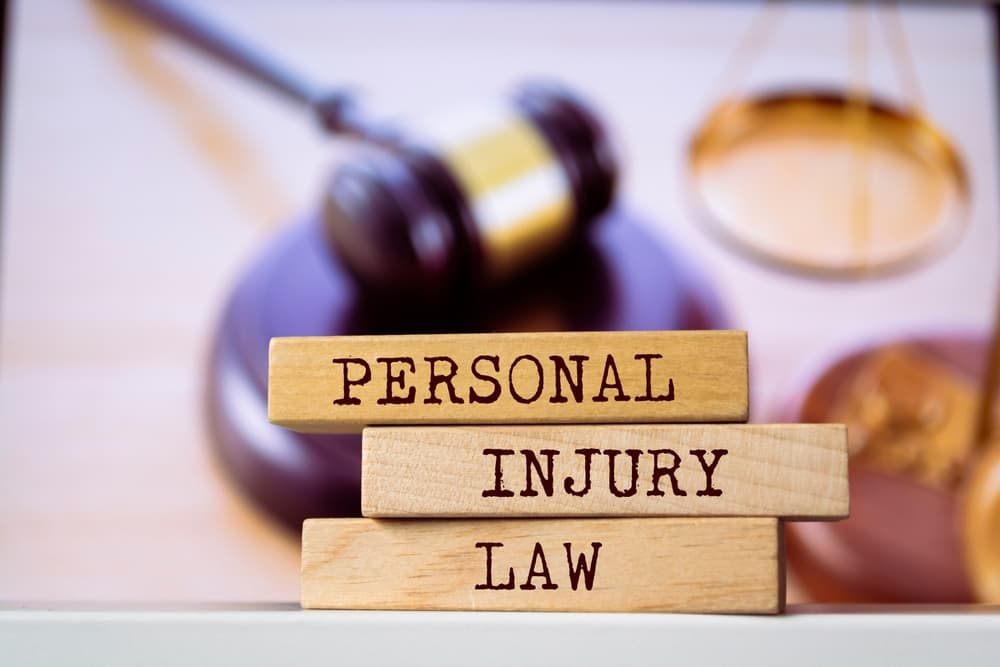Personal injury law, like many other legal fields, is evolving rapidly. Advances in technology, changes in societal attitudes, and emerging legal challenges are all driving this transformation.
These days, Personal injury lawyers look at the future, and see several trends and innovations stand out, promising to reshape the landscape of personal injury law in significant ways.
As we move forward, the ability to adapt to different changes will define the success of personal injury practitioners and the satisfaction of their clients. Embracing innovation while maintaining a compassionate approach will ensure that the field of personal injury law continues to serve those in need effectively and empathetically.
Technological Advancements
1. Artificial Intelligence and Machine Learning
Artificial intelligence (AI) and machine learning are revolutionizing many industries, and personal injury law is no exception. AI can streamline legal research, predict case outcomes, and even assist in the preparation of legal documents. For instance, AI-driven tools can analyze vast amounts of case law to identify relevant precedents, saving lawyers countless hours of manual research.
Machine learning algorithms can also predict the likelihood of winning a case based on historical data. This can help lawyers provide more accurate advice to their clients and make informed decisions about whether to settle or proceed to trial.
When dealing with the complexities of a personal injury case, it’s crucial to seek professional guidance tailored to your specific situation. For those facing a personal injury case in Conway, exploring local legal expertise can provide valuable support. Whether you’re dealing with a dog bite injury or another type of personal injury, understanding your options and receiving the right legal help can make a significant difference.
2. Virtual Reality and Accident Reconstruction
Virtual reality (VR) is emerging as a powerful tool for personal injury lawyers. VR can recreate accident scenes with remarkable accuracy, providing juries with a first-hand view of the events as they occurred.
This experience can be more persuasive than traditional methods, such as photos or diagrams, helping to clarify complex scenarios and demonstrate the extent of injuries.
Accident reconstruction software, combined with VR, allows experts to model collisions, falls, or other incidents in three dimensions. This technology can play a crucial role in establishing liability and understanding the dynamics of an accident.
Changing Legal Landscapes
3. Legislation and Regulatory Changes
As new technologies and societal issues arise, so too do changes in legislation and regulations. Autonomous vehicles, for example, present unique challenges for personal injury law. Determining liability in accidents involving self-driving cars can be complex, as it involves software developers, vehicle manufacturers, and potentially the car owners themselves.
Similarly, with the rise of gig economy jobs, questions about workers’ compensation and liability are becoming more prevalent. Legislators are starting to address these issues, which will shape how personal injury claims are handled in the future.
Visit: The Evolution of Commercial Roofing Materials
4. Focus on Mental Health
There is a growing recognition of the importance of mental health, and this is reflected in personal injury law.
Psychological injuries, such as PTSD and chronic anxiety, are increasingly being recognized alongside physical injuries. Courts and insurance companies are becoming more willing to award compensation for these types of damages, acknowledging their profound impact on victims’ lives.
Innovations in Legal Practice
5. Telelaw and Remote Consultations
The COVID-19 pandemic accelerated the adoption of remote technologies across all sectors, including the legal industry. Telelaw, or providing legal services remotely, has become a staple of modern legal practice.
Personal injury lawyers can now conduct consultations via video calls, making legal services more accessible to clients who might have mobility issues or live in remote areas.
Remote consultations also mean that clients can receive timely legal advice without the need to travel, which can be particularly beneficial in urgent situations or when dealing with severe injuries.
6. Blockchain for Evidence Management
Blockchain technology offers a secure and immutable way to handle evidence. By timestamping and recording evidence on a blockchain, personal injury lawyers can ensure that the integrity of the evidence is maintained. This reduces the risk of tampering or disputes over the authenticity of documents, photos, or other critical pieces of evidence.
Blockchain can also streamline the discovery process, making it easier to share and access evidence securely between parties. This can lead to faster resolutions and lower costs for clients.
Trends in Client Expectations
7. Transparency and Communication
Modern clients expect greater transparency and communication from their legal representatives. They want to be kept informed about the progress of their case and to have easy access to their lawyer.
Personal injury firms are responding by adopting client portals and other digital tools that allow clients to track their case status, view documents, and communicate with their legal team.
Providing regular updates and being responsive to client inquiries not only builds trust but also improves client satisfaction and retention.
8. Alternative Dispute Resolution
There is a growing trend towards alternative dispute resolution (ADR) methods, such as mediation and arbitration, in personal injury cases.
These methods can be less adversarial and more cost-effective than traditional litigation. They also offer a quicker resolution, which can be especially important for clients in need of timely compensation.
Personal injury lawyers are increasingly becoming skilled in ADR techniques, providing clients with more options to resolve their cases efficiently.
Conclusion
The future of personal injury law is poised for significant change, driven by technological advancements, evolving legal landscapes, and shifting client expectations. From AI and VR to blockchain and telelaw, these innovations promise to make personal injury practice more efficient, transparent, and client-focused.
For clients, this means better access to legal services, more accurate case predictions, and potentially quicker and fairer resolutions. For lawyers, staying abreast of these trends and embracing new technologies will be key to delivering exceptional service and achieving successful outcomes.

